 |
Odds & Endo: Part 1 |
1.50 |
Most entry-level providers agree that the topic of endocrinology is intimidating. We spend a good amount of time learning about diabetes mellitus, which is the most pervasive endocrine-related dysfunction that we see in the prehospital setting. We asked Dr. Jeremy Cushman to bring us to the next step. He does not discuss all of the disease states that the endocrinology world has to offer, but we do get a very good overview of some of the more common emergencies. We think you will enjoy his delivery and learning about one of the most misunderstood topics that we encounter at a basic level. Final Exam: This multiple-choice exam is designed to test your knowledge of the material you just reviewed. You have two attempts to gain an 80% or higher on this exam. Please take your time and answer each question carefully. |
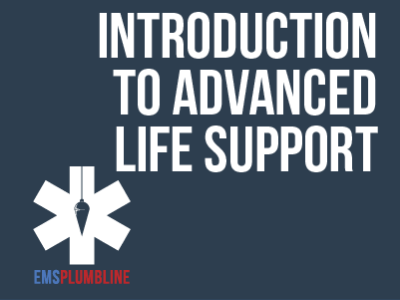 |
Constructing: Airway Essentials—Part 7 |
0.50 |
Every paramedic has ideas on what is needed to obtain a good view while instrumenting the airway. If this lesson does not create an educated discussion on the topic, nothing will. Take the opportunity to imagine yourself in the classroom and identify what you would do.Final Exam: This multiple choice exam is designed to test your knowledge of the material you just reviewed. You have two attempts to gain an 80% or higher on this exam. Please take your time and answer each question carefully. |
 |
The 3Ds: Depression, Dementia, and Delirium |
0.50 |
In this course you will learn about the effects of aging with depression, dementia, or delirium, as well as how to prevent, diagnose, and treat these disabilities.
|
 |
Anger Management |
1.00 |
Anger is a set of physical responses, emotions, and behaviors triggered by a perceived threat or frustration. Anger can be harmful or helpful, depending on how you cope with your anger and the anger of others. This course will explore how to understand your anger better and manage your anger responses. You'll also examine the causes of anger and ways to use it constructively. |
 |
Constructing: Airway Essentials—Part 3 |
1.00 |
Knowing why you are doing what you are doing will almost always produce a better result. In this case, Dr. Christopher Galton explains why we ventilate at the rates and the volumes we do. This insightful discussion will offer ideas on how to use the ventilation tools that we encounter every day. Final Exam: This multiple choice exam is designed to test your knowledge of the material you just reviewed. You have two attempts to gain an 80% or higher on this exam. Please take your time and answer each question carefully. |
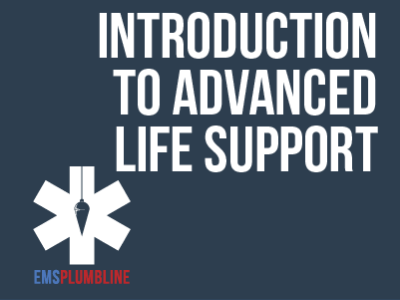 |
Constructing: Airway Essentials—Part 4 |
1.00 |
This lesson explores a few BLS concepts that every ALS provider should know. You will appreciate the back-to-basics approach Dr. Christopher Galton, uses to ensure adequate ventilation. Final Exam:This multiple choice exam is designed to test your knowledge of the material you just reviewed. You have two attempts to gain an 80% or higher on this exam. Please take your time and answer each question carefully. |
 |
Sepsis for Paramedics, Part 3—Conclusions to Consider |
1.00 |
In this final segment, Paramedic Hoskins does an excellent job of closing the discussion. The two medical directors are encouraged to give advice and you will want to hear what they have to say. Final Exam: This multiple choice exam is designed to test your knowledge of the material you just reviewed. You have two attempts to gain an 80% or higher on this exam. Please take your time and answer each question carefully. |
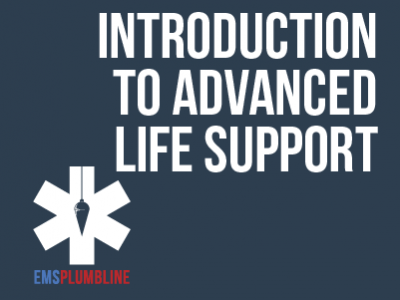 |
Constructing: Sepsis for Paramedics, Part 2—Fluid Resuscitation |
1.00 |
If you think caring for sepsis patients is not an interesting topic, you might want to think again. Medical Directors Jeremy Cushman and Christopher Galton, give Paramedic Hoskins a passionate description of proper patient care. Fluids are important and this is why. Final Exam: This multiple choice exam is designed to test your knowledge of the material you just reviewed. You have two attempts to gain an 80% or higher on this exam. Please take your time and answer each question carefully. |
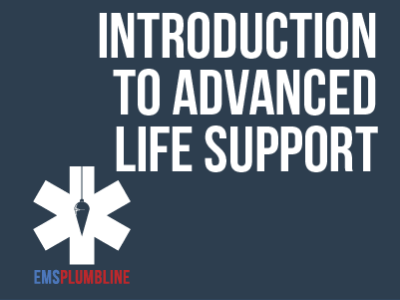 |
Constructing: Airway Essentials—Part 2 |
0.50 |
Most paramedics will remember walking around town during their original paramedic school and deciding which patients would be a "tough tube." If that describes you when you first started, you will appreciate this brief review. Dr. Christopher Galton takes the time to takes the time to give a memorable examples of the mnemonics LEMON and BONES, which prove to be a fantastic teaching tools. We think you will enjoy the illustrations that allow you to remember these important evaluations. Final Exam: This multiple choice exam is designed to test your knowledge of the material you just reviewed. You have two attempts to gain an 80% or higher on this exam. Please take your time and answer each question carefully.
|
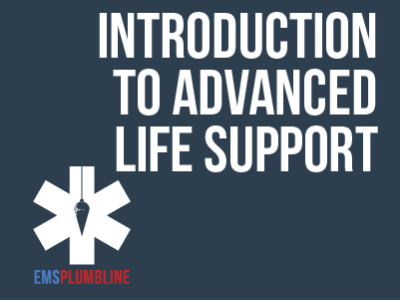 |
Constructing: Airway Essentials—Part 5 |
0.50 |
Most paramedics will tell you that online training will not allow you the opportunity to learn how to perform a psychomotor skill such as intubation. We agree to a point. You will find that the discussion with Dr. Christopher Galton, will likely have you thinking differently the next time you intubate a patient. Chances are your success rates will improve. Final Exam: This multiple choice exam is designed to test your knowledge of the material you just reviewed. You have two attempts to gain an 80% or higher on this exam. Please take your time and answer each question carefully. |
 |
Understanding and Combating Educator Burnout |
1.00 |
This course is designed to provide you with the knowledge and strategies necessary for understanding and overcoming the complexities of burnout. It is just one out of many educational professional courses we offer. By exploring practical strategies, you will gain insights into building resilience and cultivating a sustainable, fulfilling career in education. As educators thrive in their careers, they, in turn, become better equipped to support students, creating a positive ripple effect within the educational community. |
 |
Beginning a New Career |
0.50 |
In this course, you’ll learn some tips to determine what career is right for you, what to consider before changing careers, how to evaluate yourself as you consider a career, and more. |
 |
Adapting to Change |
0.50 |
Change is always happening, whether we realize it or not. Our bodies are constantly generating new cells to replace old ones. Stock prices are rising and falling. In this course, you will discover different strategies for reacting to and dealing with change in life. |
 |
Conventional Forcible Entry #701 (Instructor Guide) |
1.50 |
This is the Instructor Guide for Lesson #701 Conventional Forcible Entry. This Instructor Guide is intended to prepare a lead instructor to deliver this course curriculum. Included in this guide is a review of lesson content, lesson resources, and required lesson materials. The lead instructor must pass this instructor guide course with a minimum score of 80% to receive the course materials for this lesson. |
 |
SCBA Emergency #1952 (Instructor Guide) |
1.00 |
This is the Instructor Guide for Lesson #1952 SCBA Emergency. This Instructor Guide is intended to prepare a lead instructor to deliver this course curriculum. Included in this guide is a review of lesson content, instructions for conducting the lesson skill activity and all required lesson materials. The lead instructor must pass this instructor guide course with a minimum score of 80% to receive the course materials for this lesson. |
 |
Risk Management #1921 (Instructor Guide) |
1.00 |
This is the Instructor Guide for Lesson #1921 Risk Management. This instructor guide provides the instructor with lesson background, key points, delivery methods, and required materials. Included in this guide is an explanation video of the presentation that describes each slide of the lesson. This guide also details the class activity and provides instruction for presenting it as a conclusion to the lesson. |
 |
Fire Origin and Cause – Basic |
2.00 |
This course is an introductory level course that defines fire cause and origin investigation and arson awareness. This course explains fire origin, cause, and arson and a description of common fire causes. Fire cause classifications are defined, and arson motives are described. Signs of arson are identified, and methods for evidence preservation are outlined. The course is evaluated with a final exam that requires a passing score of 80%. The clock time for this course is approximately 2-hour. |
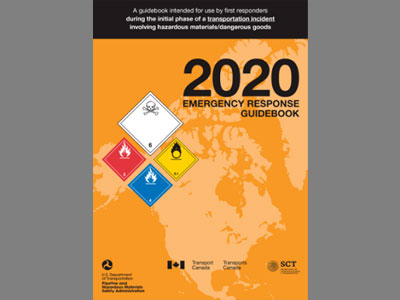 |
Emergency Response Guidebook Activity |
1.50 |
This course is an activity that requires the first responder to utilize the Emergency Response Guidebook to solve a variety of problems. The solution to each of these problems can be found using the 2020 Emergency Response Guidebook Version. Students will need to have a copy of the Emergency Response Guidebook Version 2020 to complete this activity. A 2020 Emergency Guidebook PDF is available for download in this lesson if a copy of the book is not available to the student.
It should be noted that this is an in-service training activity. The student must have prior knowledge and training regarding the Emergency Response Guidebook prior to engaging this activity.
|
 |
Career Planning and Salary |
1.00 |
In this course you can get career advice if you're looking for a job, planning a change, or looking to gain skills. |
 |
Structural Search Operations (NYS12) |
1.00 |
This lesson familiarizes the firefighter with structure fire search and rescue operations. The lesson reviews primary search methods including Orientated, TIC Led and Vent Enter Search. Methods for conducting structural search as well as managing occupants and victims are introduced. These methods are based on operational risk assessment with firefighter safety as the prime focus. The lesson is evaluated with in-lesson activities and a final multiple choice quiz. |
 |
Money Basics |
2.00 |
In this course, you'll learn tips for creating a budget, staying out of debt, managing bank accounts, planning for retirement, and buying a home. |
 |
Hose Competency (Instructor Guide) |
1.00 |
This is the Instructor Guide for Hose Competency. This competency evaluates the ability of assigned companies to perform hose tasks including stretching, advancing, and operating fire hose streams. This competency may also be conducted as an independent drill or evolution. |
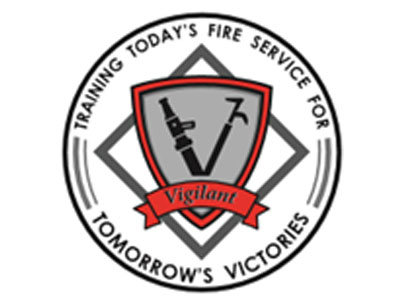 |
Handline Operation #1101 (Instructor Guide) |
1.00 |
This is the Instructor Guide for Lesson #1101 Hoseline Operation. This training session is a skill demonstration and evolution. The presentation is an instructor lead discussion that reviews the importance of fire streamflow for structural firefighting. The lesson reviews standard GPM flows for the AHJ appliances and discusses appropriate situations for the use of those appliances. The training session is concluded with three skills stations that require firefighters to operate hoselines and fire streams from an exterior position. |
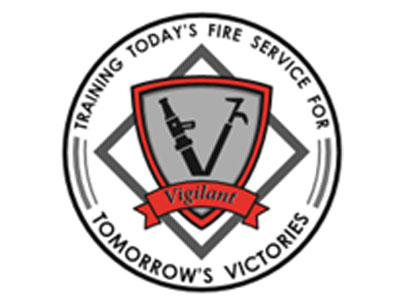 |
SCBA Review #1951 (Instructor Guide) |
1.00 |
This is the Instructor Guide for Lesson #1951 SCBA Review. This Instructor Guide is intended to prepare a lead instructor to deliver this course curriculum. Included in this guide is a review of lesson content, instructions for conducting the lesson skill activity and all required lesson materials. The lead instructor must pass this instructor guide course with a minimum score of 80% to receive the course materials for this lesson. |
 |
Salvage Operations |
1.00 |
This introductory level course introduces the concept of salvage operations. The course defines salvage operations and describes techniques used to protect buildings and contents from damage caused by fire suppression operations and preserve evidence of fire origin. This course is evaluated with a final quiz. The clock time for this course is approximately one clock hour. |


























